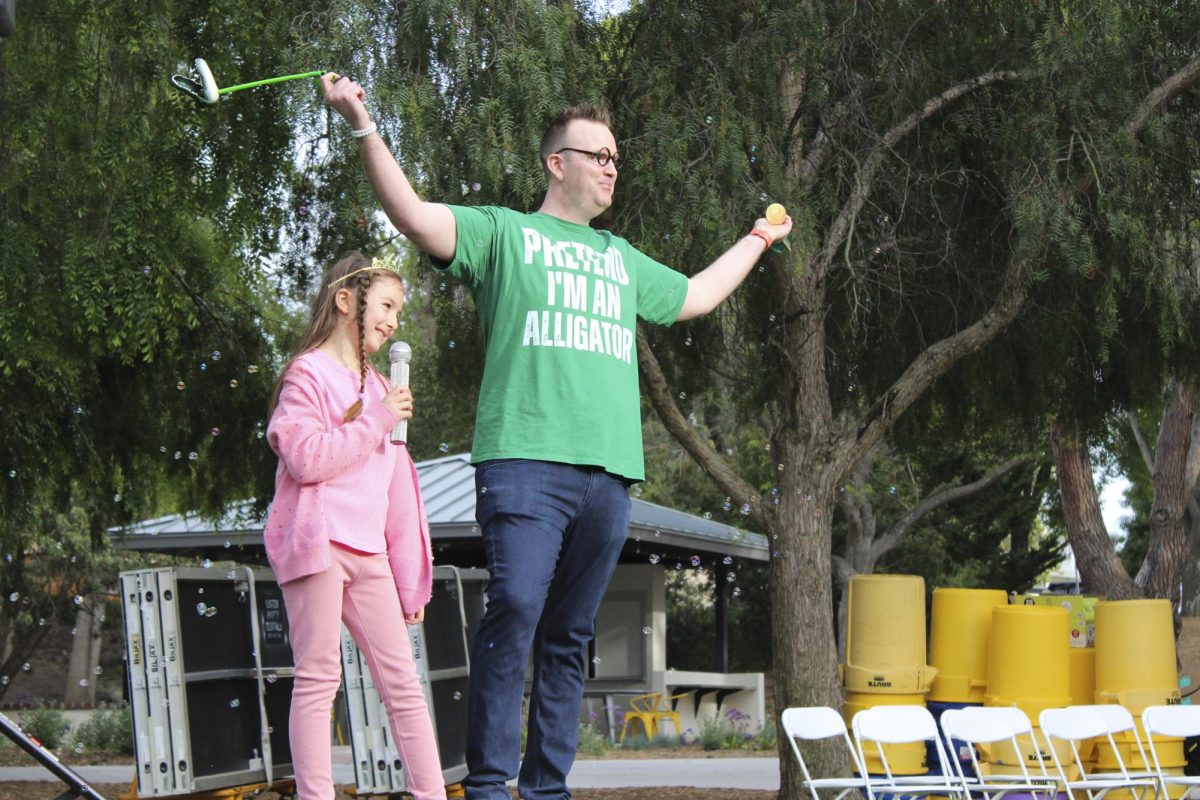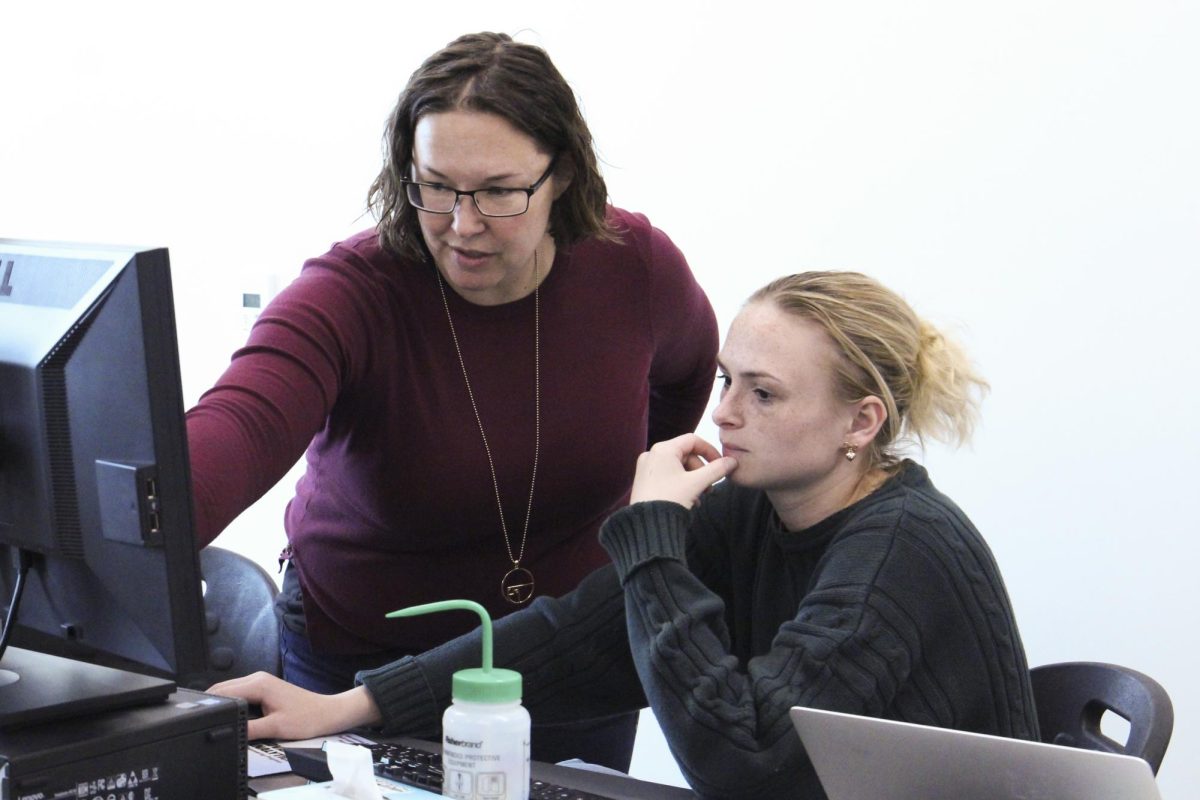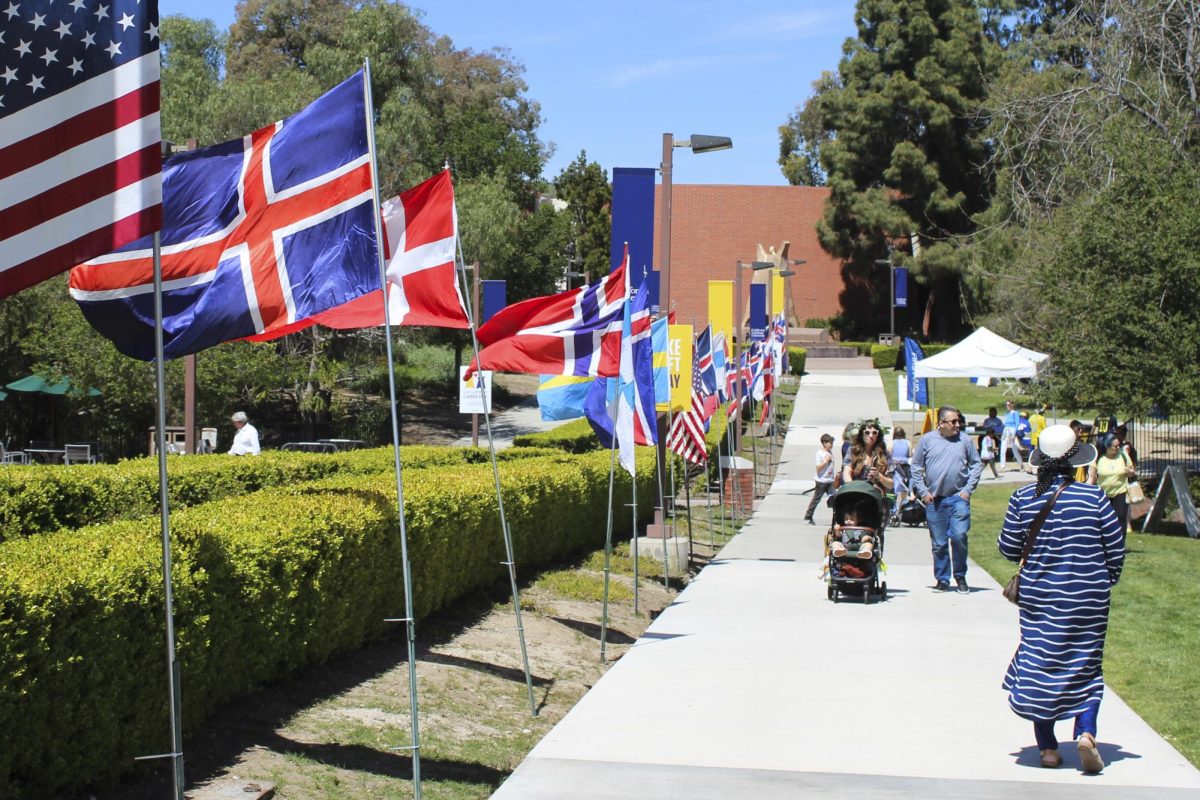In a culture driven by deadlines and perfectionism, art-making is a medium of self-expression that should not be overlooked by college students.
According to a study from the Journal of the American Art Therapy Association, having brief experiences with art-making can produce physiological changes, including lowering cortisol levels, regardless of an individual’s prior experience with art, media type, or demographics.
Participants of the study also perceived art-making as “a stress reliever during a busy work day,” and “a reminder of childhood.”
During my senior year of high school, I turned to hand embroidery for the first time in my life, as an escape from stress during the COVID-19 pandemic. I wasn’t very good at first, but crafting went against the notion that every pursuit of mine had to go on a resume or job application. Stitching provided me with the artistic freedom from my youth I had abandoned while navigating academic expectations.
Expressive outlets allow individuals the opportunity to tap back into creative instincts left behind in childhood, no matter their perceived skill level. Eric Renn, visiting lecturer of visual arts at California Lutheran University, said this message especially resonates with college students.
“When you’re in elementary school, a lot of people tend to be really creative and you’re doing all of these projects and stuff, and then, oftentimes, you lose out on that if you’re not following a specific art, or design or, like, journalism track,” Renn said.
Two years ago, Renn said he was approached by a team of multimedia students hoping to make these outlets more accessible to all students, not just those majoring in art. CLU Creatives was founded in 2023 and continues to be Cal Lutheran’s only art club on campus.
Unlike classes, low-stakes environments not tied to grades create a healthier approach for students worried about meeting criteria taught in the standard curriculum. Students can simply show up and explore the creative process, rather than worrying about fitting a class into an already tight schedule.
“A lot of times, just with the environment we’re in, there’s some pressure that you have to make something – whether it’s for class or it’s like even a lot of hobbies – people are always like, ‘Oh, you gotta monetize that,’ and I think it’s good to make stuff just for the sake of making things,” Renn said.
For students, CLU Creatives’ team of multimedia students has provided hands-on guidance to all majors wanting to explore 2-D and 3-D art in a “looser, less demanding” environment, said Stephanie Nolasco, CLU Creatives president. This year, the club has brought beginner-friendly projects like stamp making and air-dry crafts to students.
I believe these low-pressure clubs don’t just expand the types of arts projects students can pursue, they expand who feels welcome to create it. As someone who grew up in an academics-first household, where art almost always felt like a distraction rather than a path, trying to re-enter creative spaces can be intimidating.
Nolasco, a junior multimedia major, said that while she has always had a creative side, academic pressures aligned with being a first-generation college student almost suppressed her pursuit of art.
“I’m first-gen, so at first I wanted to be, like, a doctor or something. But then, like, life just took me down, like, a creative road, and my family was always there to support me with everything,” Nolasco said.
Despite this notion, I think the soft skills gained through art-making, like patience, collaboration and attention to detail, can lead to self-growth in any discipline. There’s nothing quite like having a physical reminder of your creative mindfulness through an art project, which is why Nolasco said the club prioritizes having enough materials for each student to take a piece “home” with them.
Integrating more accessible, low-barrier art spaces on campus can help shift students’ unrealistic self-expectation of constant perfectionism. This begins with the acceptance of creative spaces within other disciplines.
Junior Angela Abalo, president of the Psychology Club, said she’s been implementing more self-care and craft-oriented activities within the club as a “relaxing” escape from the traditional psychology curriculum.
“We wanted to do, like, crafting activities is because it keeps you grounded. You can put your phone down, just, like, not think about anything,” Abalo said.
Abalo said fostering a club culture away from screens and piling coursework is what has garnered a surge in attendee interest this year.
“Every time we have a meeting, people make different pieces, and just, like, people are, like, surprised with how creative they can be,” Abalo said.
Beyond club initiatives, Cal Lutheran’s William Rolland Art Center has a Make Space available for students interested in exploring their creative side. In this room, students are welcome to check out supplies like drawing tablets, framing tools, and other miscellaneous art supplies.
“We just wanted to have a space available for students if they needed to work on something, especially sometimes when I know all the classrooms that can be filled,” Renn said.
For me, picking up a needle and thread forced me to slow down and be more comfortable making mistakes. With each imperfect stitch and thread tangle, I was able to unlearn perfection as a vital measure of success.
According to a study in Psychology Research and Behavior Management, low-stakes art-making “is an efficient strategy for college students to take charge and shape their leisure lives.”
Carving out time for art-making isn’t indulgent, it’s essential. Despite the childlike nature of it all, arts and crafts provide a colorful escape from textbooks and laptop screens, offering a tactile experience away from academic life.
“We all need, like, an hour or, like, 30 minutes in our day, just to not think about all the problems or homework, and it’s just, like, a nice way to just release your stress,” Abalo said.

